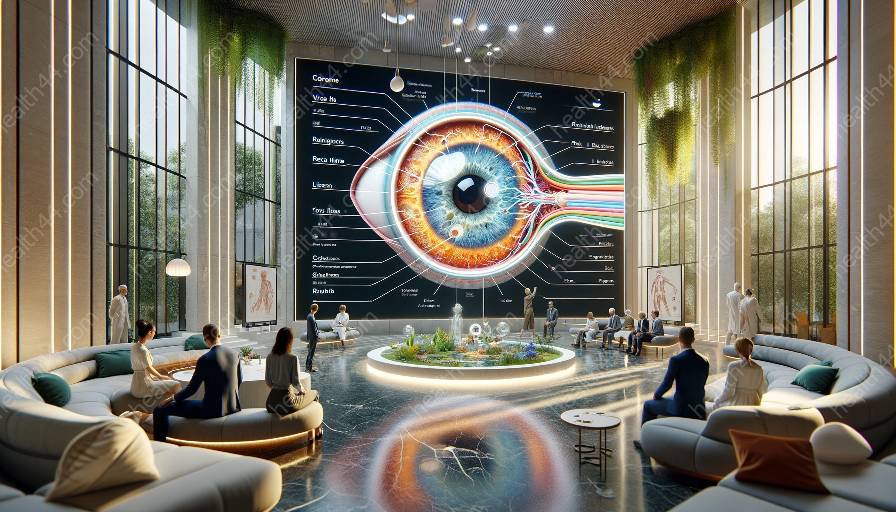Have you ever wondered how your eyes adjust to see objects both near and far? Learning about the eye anatomy and its ability to focus provides insight into vision rehabilitation and maintaining good eye health.
The Anatomy of the Eye
The eye is a complex organ that works in synergy to provide clear vision. Its main components include the cornea, lens, iris, and retina. The cornea and lens play a crucial role in focusing light onto the retina, where the image is formed and then processed by the brain. The lens, in particular, has the ability to change shape to help the eye focus on objects at varying distances.
Focusing on Near Objects
When looking at something up close, a process known as accommodation occurs. The muscles in the eye contract to increase the curvature of the lens, allowing it to refract light more strongly and focus the image directly onto the retina. This adjustment enables clear vision of nearby objects, such as when reading or using a smartphone.
Focusing on Distant Objects
Conversely, when the eyes need to focus on a distant object, the lens becomes flatter as the surrounding muscles relax. This decreases its refractive power, allowing light from the distant object to come into focus on the retina. This ability to switch focus between near and distant objects is essential for everyday activities like driving or watching a sports game.
Role of Eye Anatomy in Vision Rehabilitation
Understanding the intricate mechanisms of eye focus is crucial in vision rehabilitation. For individuals with conditions such as presbyopia, which affects the eye's ability to focus on close objects, treatments such as eyeglasses or contact lenses can aid in restoring clear near vision. Additionally, advancements in vision therapy techniques leverage the eye's adaptability to strengthen focusing abilities and improve overall vision.
Importance of Eye Health
Maintaining optimal eye health is key to preserving the eye's ability to focus effectively. Regular eye check-ups, a balanced diet rich in eye-healthy nutrients, and protective measures against harmful UV rays contribute to the longevity of clear and focused vision.





















